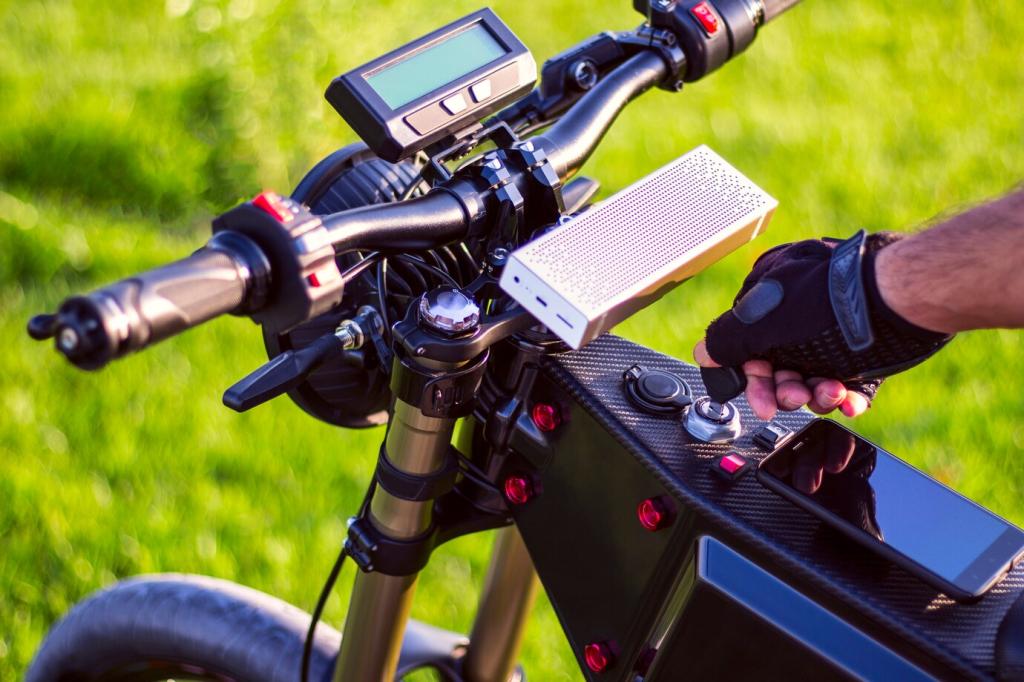Batteries: Sourcing, Safety, and Second Lives
Modern packs lean toward chemistries with improved safety and supply chains, while certifications help verify responsible sourcing. Ask brands about traceability and recycling partnerships. If a company shares a battery passport or sustainability report, link it below so our community can learn and compare.
Batteries: Sourcing, Safety, and Second Lives
Avoid extreme temperatures, use certified chargers, and store at partial charge for longer shelf life. Safer habits reduce fire risks and extend battery lifespan, cutting waste. Commit to one new habit this week—maybe a smart plug timer—and tell us if you notice cooler, more consistent charging.
Batteries: Sourcing, Safety, and Second Lives
Modules with reduced capacity can still serve in stationary storage, powering community fridges, garden lights, or backup routers. One neighborhood library used retired packs to buffer a rooftop solar array. Have an idea for a micro-project? Pitch it in the comments and we’ll spotlight the best.
Batteries: Sourcing, Safety, and Second Lives
Lorem ipsum dolor sit amet, consectetur adipiscing elit. Ut elit tellus, luctus nec ullamcorper mattis, pulvinar dapibus leo.







